Hello,
I'm hoping someone out there can help me with this stressful situation.
This past summer I bought my first house, and I started to notice some imperfections in the hardwood. There are several spots of raised darkened wood that is hollow underneath (see pictures below). I've attempted to fix a couple spots by digging out the area and filling with some wood filler. However, over the last several months the problems have started to progress, and I'm not sure the best solution.
The house has been treated for termites, but there has been no signs of infestation in months. Yet these problem are still progressing beneath my feet.
Please check out these pictures. If you have any advice, please let me know. Thank you!
Here is a section I noticed some raised wood back in September:
Here it is today:
(Notice the raised dark sections growing)
Here is a spot that I attempted to patch (poorly) back in September:
And here it is today, even worse:
It's gotten really bad in some sections, and I'm sure some boards will need to be replaced. But I need to figure out how to stop the bleeding!
Thanks for any help or advice you can give!
Happy Holidays
Also, another bonus issue, if anyone know what this is. The floor is covered with these rough marks that I don't know how to fix:
Follow-Up Postings:
RE: Can you help identify this wood damage?
First of all, the dark growing spots almost always indicate that the boards are getting wet somehow. What is your flooring attached to...that is, what is the substrate?
Second, if the affected strips and those immediately adjacent show what we call cupping, then it is a water issue.
And finally, the rough spots are indicative of poor sanding. It looks as if the floor was hit with a 16 or 24 grit sand paper and then not worked properly up finer grits, hence the rough spots appear as gouges, which they may be.
RE: Can you help identify this wood damage?
@glennsfc thanks for the response!
The boards don't seem wet... I'm sure it's possible, I guess I wouldn't know how to check if there's moisture underneath. This is in Phoenix, AZ, so humidity usually isn't much of an issue. Hopefully I don't have some sort of leak!
The flooring is on concrete.
If I pick at any of the areas with the raised spots, it seems to just be hollow with dirt underneath. Is it possible that change in temperature has caused these hollow sections to pinch and bulge out? If so, is there something I can do to repair the smaller areas?
Thanks for identifying the poor sanding job! I guess whoever refinished the floors last did a mediocre job. I can live with the rough spots for now. I just want to repair anything that is going to continue to cause damage.
RE: Can you help identify this wood damage?
"If I pick at any of the areas with the raised spots, it seems to just be hollow with dirt underneath."
I hate to be the bearer of bad news for you, but because the flooring is on concrete and by your description of the "dirt" you find underneath, you likely have a big problem. The dirt may not be dirt at all, but some form of brown rot (fungus). The dirt may be the broken down wood fibers of the fungus activity. In other words, your floor may be being eaten by fungus.
RE: Can you help identify this wood damage?
Cube, you can also buy a moisture meter at Lowe's or Home Depot. It will have two little pins that you actually stick down into the wood to test the moisture. You can try different areas, damaged and undamaged, and compare. If you do not know what the method of installation over the concrete was - if there was not a moisture barrier used - you may be wicking up some moisture up into the wood and it could be rotting from the underside.
It is also possible that you are discovering prior termite damage. We bought a house once that didn't have active termites but had evidence of termites in the past, so the seller treated it before we closed. When we pulled the carpet up and refinished the hardwood, we had to replace several planks that were chewed up by the termites. Sometimes it seemed like there were little grooves in the top of the wood (visible from the top) but sometimes the wood was just hollow seeming, and would crumble if we tapped it with a screwdriver.
I think you can repair it if it is termite damage. We did it and it wasn't super difficult, just time consuming. We did the repair before we refinished the floors, so that is something to consider, that you may need to refinish the whole floor to make it look right, and that's a pretty big project.
RE: Can you help identify this wood damage?
In the best case, it would be as MIaOKC suggests, simply old termite damage.
However, termites are very opportunistic creatures and they will generally go after moisture compromised wood. Eliminate the source of moisture and termites will migrate elsewhere.
RE: Can you help identify this wood damage?
Thanks for the help!
I might try checking the moisture and see if that is the issue. If not, does anyone have suggestions on treating the smaller sections of termite damage?
I am probably going to wait to refinish the floors anyway, with all of the rough sanding patches, and the fact that I have a puppy in the house.
I do want to fix any obvious holes in the ground though.
Post a Follow-Up
Your Name:
Your Email Address:
Subject of Posting:
Message:
Optional Link URL:
Name of the Link: Return to the Flooring Forum



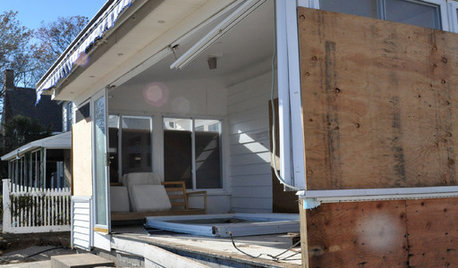
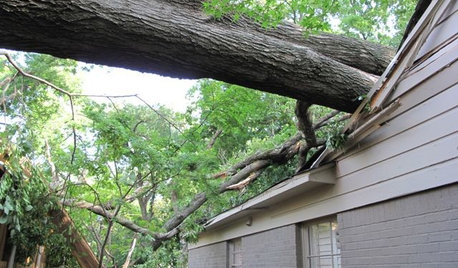
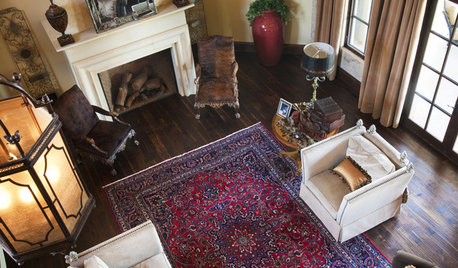



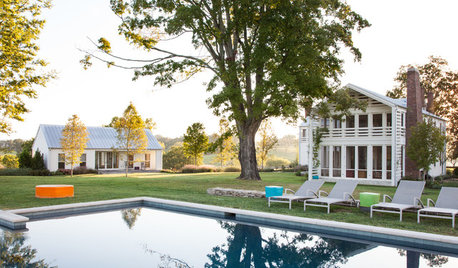






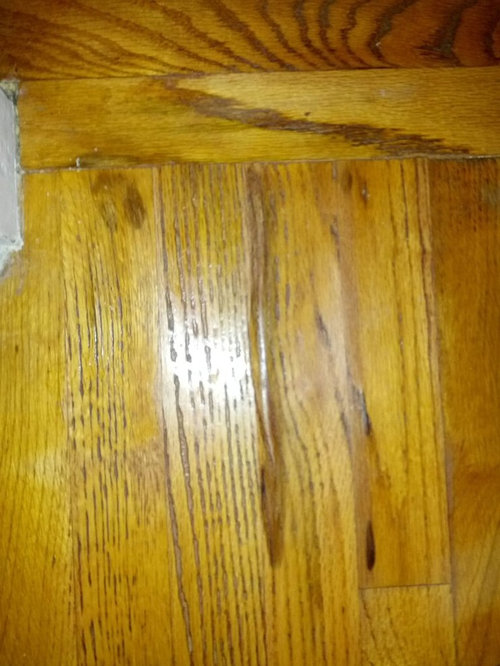
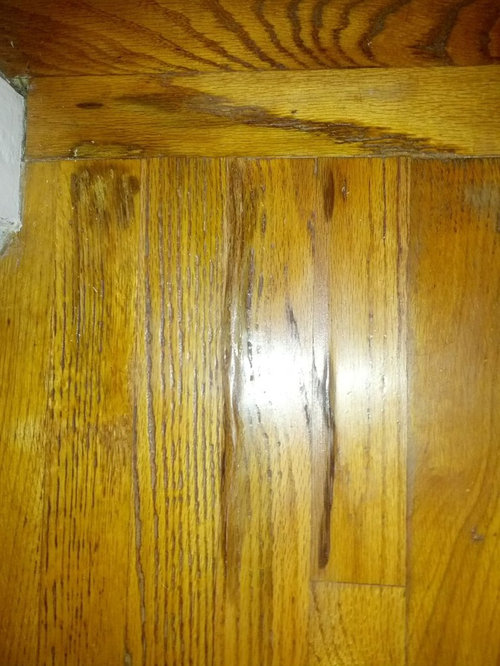

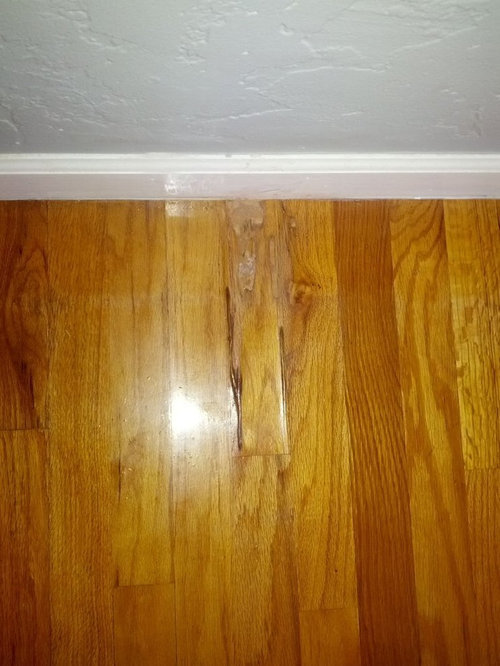
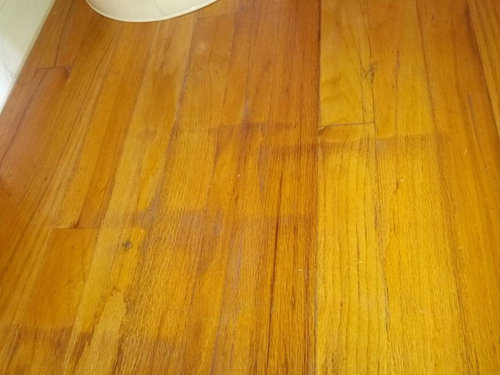
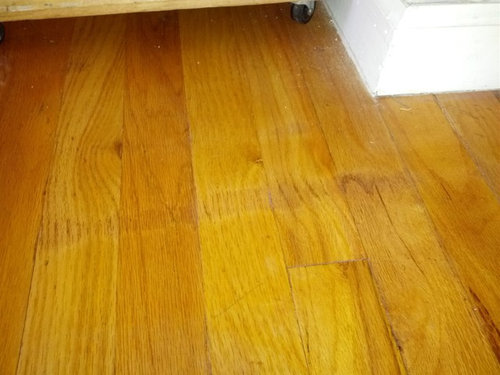


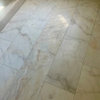

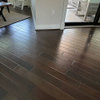
glennsfc
cube4080Original Author
Related Professionals
Camp Verde Flooring Contractors · Dublin Flooring Contractors · ‘Ewa Beach Flooring Contractors · Mill Valley Flooring Contractors · Palm Springs Flooring Contractors · South Lake Tahoe Flooring Contractors · Tanque Verde Flooring Contractors · Gladstone Tile and Stone Contractors · Claremont General Contractors · Conway General Contractors · Kilgore General Contractors · Lakeside General Contractors · Mililani Town General Contractors · Newington General Contractors · Riverdale General Contractorsglennsfc
MiaOKC
glennsfc
cube4080Original Author